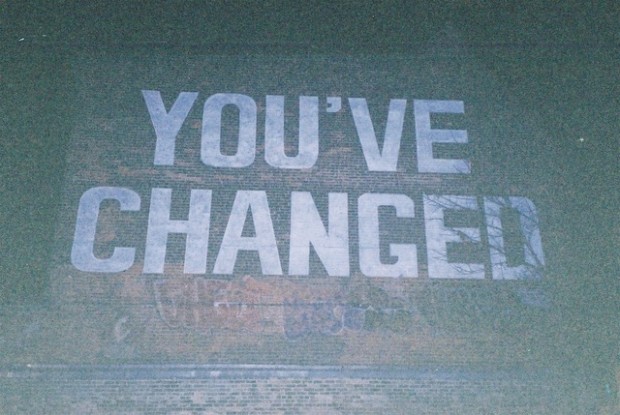

City run program turns vandalism into neighbourhood art
Archive 2014 Jan 27, 2014 Stephanie DePetrillo

A city program that set out to combat vandalism is turning into a tool for neighbourhoods to bring art to their streets. The StreetARToronto – or StART – program is responsible for a number of murals that are popping up around Toronto that simultaneously showcase an artists work and promote community involvement.
Lillie Zendel, the manager of StART, has been working with Toronto communities and councilors to promote the program.
“The murals are a catalyst to show neighbourhoods that they care about the location. It starts with a mural and then the community asks for a bench, people start to care more,” says Zendel.
StART holds an annual consultation where they discuss future projects and programs that are available for grants. This year’s meeting is this afternoon at 2:30 p.m. at The Drake Hotel. Zendel says she will announce new programs that will give opportunities to emerging artists.
StART is a program started by the City of Toronto two years ago. The program doesn’t hire artists directly, but instead gives grants to non-profit organizations like the Etobicoke Art Centre and Toronto BIAs, that will then hire local artists to paint murals on buildings and properties. StART is responsible for the commission of many recognizable Toronto murals, including the large “You’ve Changed” painted on a building wall overlooking the Centre for Addiction and Mental Health on Queen Street West.
“The program takes community involvement seriously. Once an artist is chosen they have to go through a minimum of two community consultations,” says Zendel. “We’re using art as a tool to bring the community together. Maybe the people want a mural that will reflect on the history of the community.”
Olaf Schneider, a painter from the Toronto area who has been painting murals for over 30 years, says the program is a great way for a community to showcase their identity.
“People are doing it on their bodies, getting tattoos, hanging art inside their homes and offices” says Schneider, who hasn’t yet worked with StART himself. “They do this to beautify, to add colour – to add life to grey walls and spaces.”
Schneider just finished a project at the Ripleys Aquarium and is currently working on a mural proposal for World Vision in Mississauga.
The city defines murals as “graffiti art” which is approved by the building or property owner that enhances the surfaces and adds to the character of a community.
“Graffiti tagging” is writing on buildings and properties and is considered to be vandalism by the City of Toronto.






